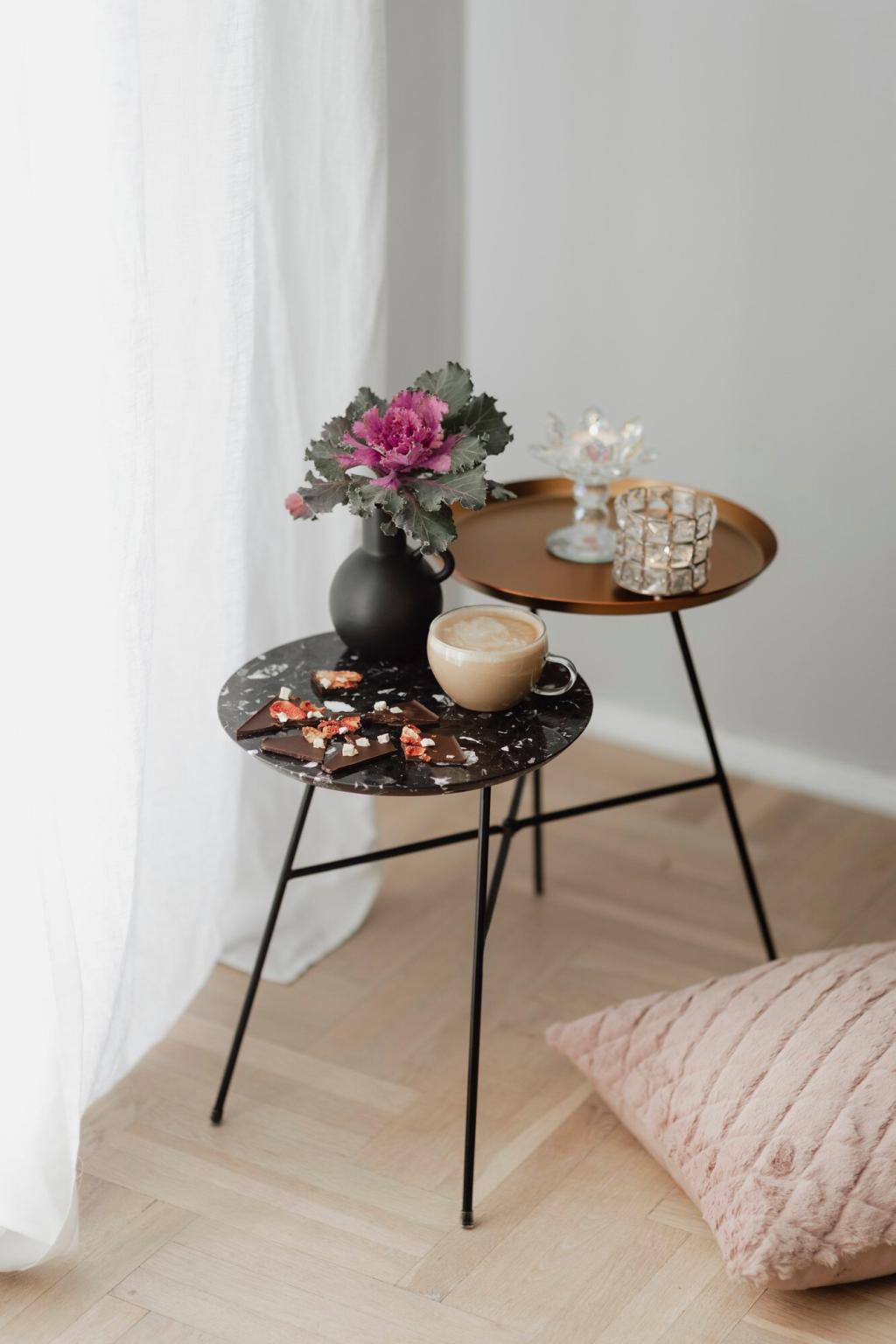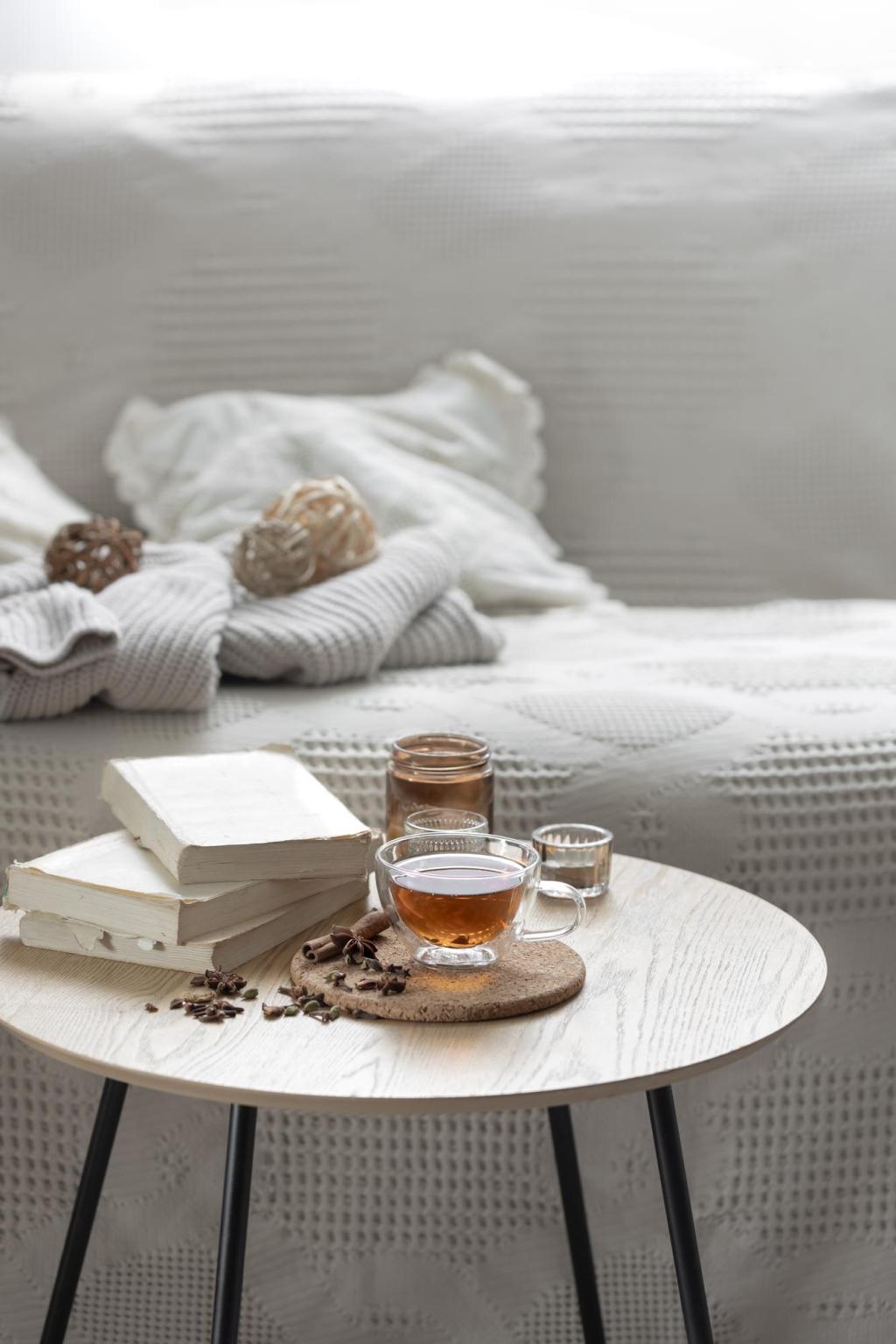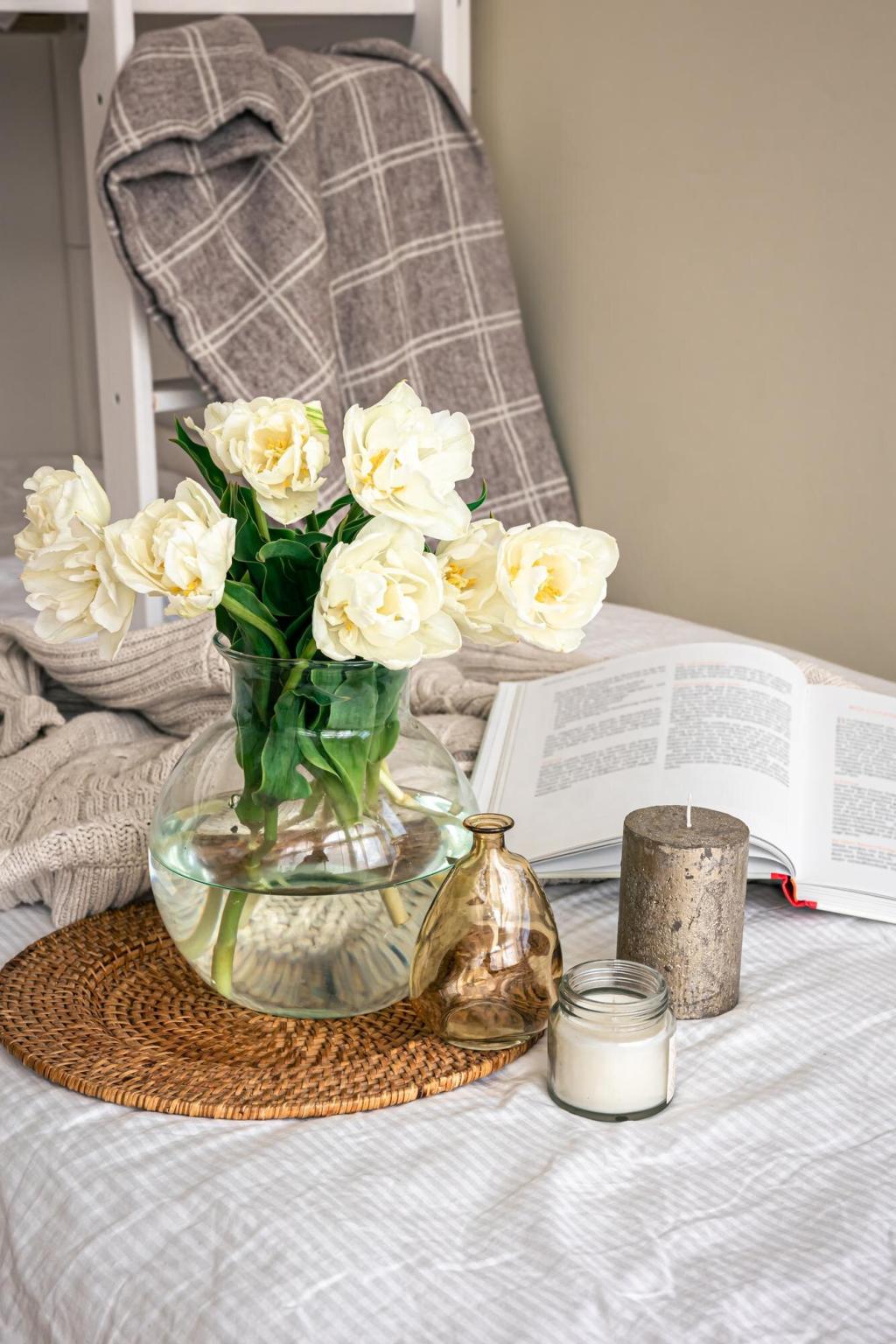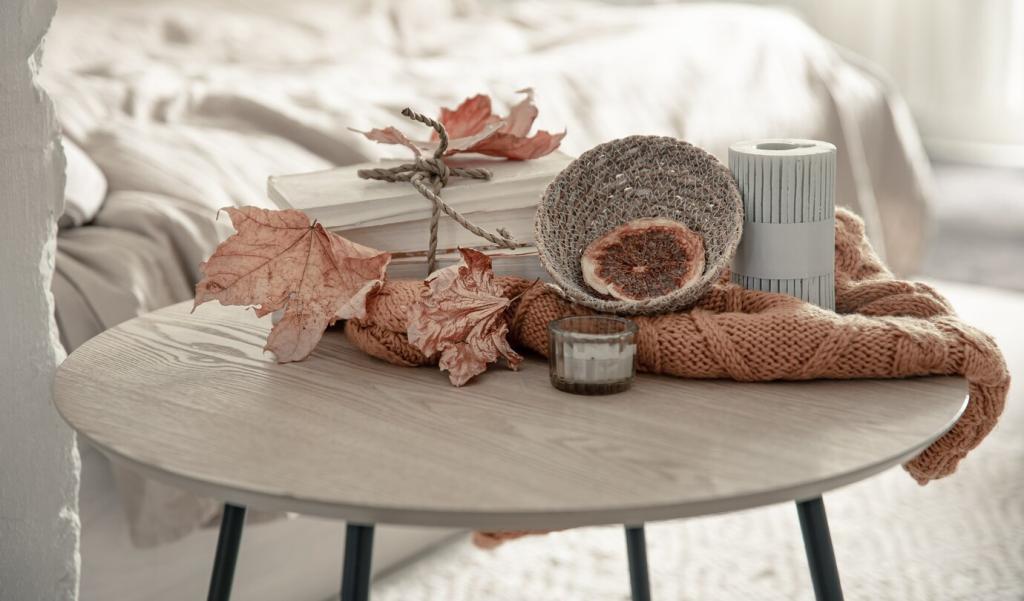
Modern Facade Trends: Where Technology Meets Street-Level Soul
Chosen theme: Modern Facade Trends. Step into the evolving world of building skins where materials, data, and design shape how we feel on the sidewalk and live inside. Stay with us, share your thoughts, and subscribe for ongoing insights.

Ultra-durable, low-carbon cladding
Ultra-high-performance concrete, recycled aluminum, and fiber-cement enhanced with supplementary cementitious materials are redefining durability and sustainability. Designers compare Environmental Product Declarations early, cutting embodied carbon without sacrificing longevity or finish quality. Which materials have impressed you lately and why?

Textured ceramics and tactile metals
Ribbed terracotta, extruded profiles, and perforated metal screens add shadow play and human-scale richness. I still remember brushing a hand across warm, sunlit ceramic fins that transformed a plain facade into a memorable street-side moment. Share a favorite tactile detail.

Mass timber and hybrid envelopes
CLT fronts paired with ventilated rainscreens bring cozy warmth to modern skylines while meeting rigorous fire and moisture strategies. Hybrid timber-steel frames allow larger openings and expressive rhythms. Would you trust exposed timber elements in your climate? Tell us your experience.
Smart, Responsive Facades
Glazing that tints on command or shifts with temperature reduces glare and cooling loads without heavy blinds. Teams balance switching speed, color neutrality, and energy payback. Have you worked under smart glass? Tell us if the comfort benefits matched the promise.
Movable fins and folding panels respond to solar angles, guided by parametric models. I once watched a plaza’s shading grid ripple like leaves as clouds passed, and strangers actually stopped to look up. Would that capture your attention daily?
Embedded sensors track temperature, humidity, and daylight, informing real-time adjustments through building management systems. The smartest trend isn’t hardware, but feedback loops that keep comfort steady. What data would you display publicly on a facade dashboard to build trust?


Sustainability and Passive Performance
Cavity ventilation, pressure moderation, and tuned openings stabilize interior conditions while preserving elegant transparency. Teams simulate seasonal airflow and maintenance pathways early. If you’ve managed one, what surprised you most: winter condensation or summer heat build-up?



Retrofit and Adaptive Re-Cladding
Lightweight frames with insulation and integrated windows snap onto outdated structures, upgrading performance without full demolition. Occupants stay in place, and schedules shrink. What was your biggest surprise when aligning old grids with new panel modules?

Cavity barriers, tested assemblies, and careful material interfaces prevent failures. Teams model wind-driven rain and specify robust flashings early. Share the detail that saved you from a costly moisture surprise on site.

